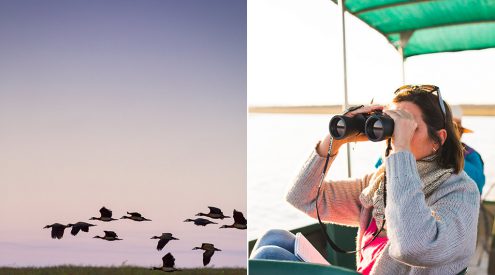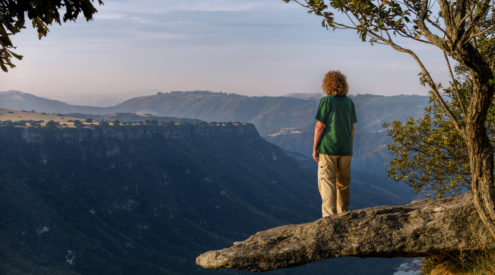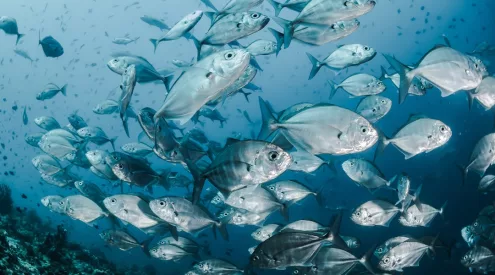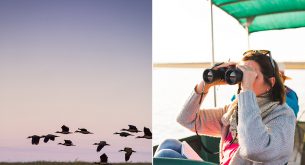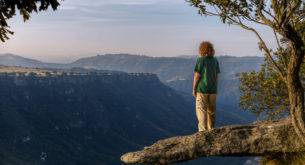l love camping. There’s something wonderful about waking up with the first rays of light and going to sleep under a roof of black sky and stars. But since finding dozens of scorpions hidden in the bark of trees in a campsite in Kruger National Park, I have started shaking out my sleeping bag at least twice – once for spiders and once for scorpions – before getting into it.
While I know only three of the 160 scorpion species in South Africa can cause fatalities – the sting from most are no worse than that of a bee – and the protein from the Israeli yellow scorpion’s (Leiurus quinquestriatus) venom has been used to treat brain tumours, I’m not taking any chances with these dangerous-looking creatures.
I wouldn’t have to do all this shaking of sleeping bags if I had a UV torch like the guys on CSI. You see, scorpions are fluorescent under ultraviolet light because of special proteins in their exoskeletons. No-one has quite figured out why they have this feature, but scientists speculate it could be to warn off predators or act as a built-in sunscreen.
Actually, scorpions are quite secretive and it’s unlikely my sleeping bag will look like a good hiding place. They live under rocks, in burrows or trees and keep to themselves, away from predators such as meerkats, owls, frogs and lizards, which regard them as an excellent food source.
Like their arachnid cousins, scorpions are tough and adaptable. They can handle extremes in temperatures and even survive being submerged in water for about 48 hours, but their success as a group is largely because of a highly efficient metabolism. They eat slowly, dissolving their prey with powerful stomach juices and a single meal can increase their weight by a third. Some species can live on that for a year, because they burn energy at a quarter of the speed of insects and spiders, and most species can go without water for more than a year.
However, when they need to eat, they’re well equipped to kill. They have two sets of eyes, one to tell them the time of day or night and a more complex set, which is the most light-sensitive organ of any invertebrate. Hairs on their claws pick up vibrations caused by the movement of their next meal, helping them to pinpoint its exact position.
They’re not fully developed hunting machines when they’re born, though; they become completely functional only after moulting nine to 12 days later. Until then, newborns live on the mother’s back, safe from predators beneath her sting.
Next time you’re in the bush, why not take an ultraviolet light to search for scorpions nestled in a tree or under a rock. But remember, size counts: the most dangerous are those with small pinchers and thick tails.
To learn more about scorpions and for details on cool courses and field trips, go to www.scorpions.co.za.
Sources:
The Pocket Book of Animals by John Lloyd and John Mitchinson (Faber and Faber, 2009).
Scorpions of Southern Africa by Jonathan Leeming (Struik, 2003).




